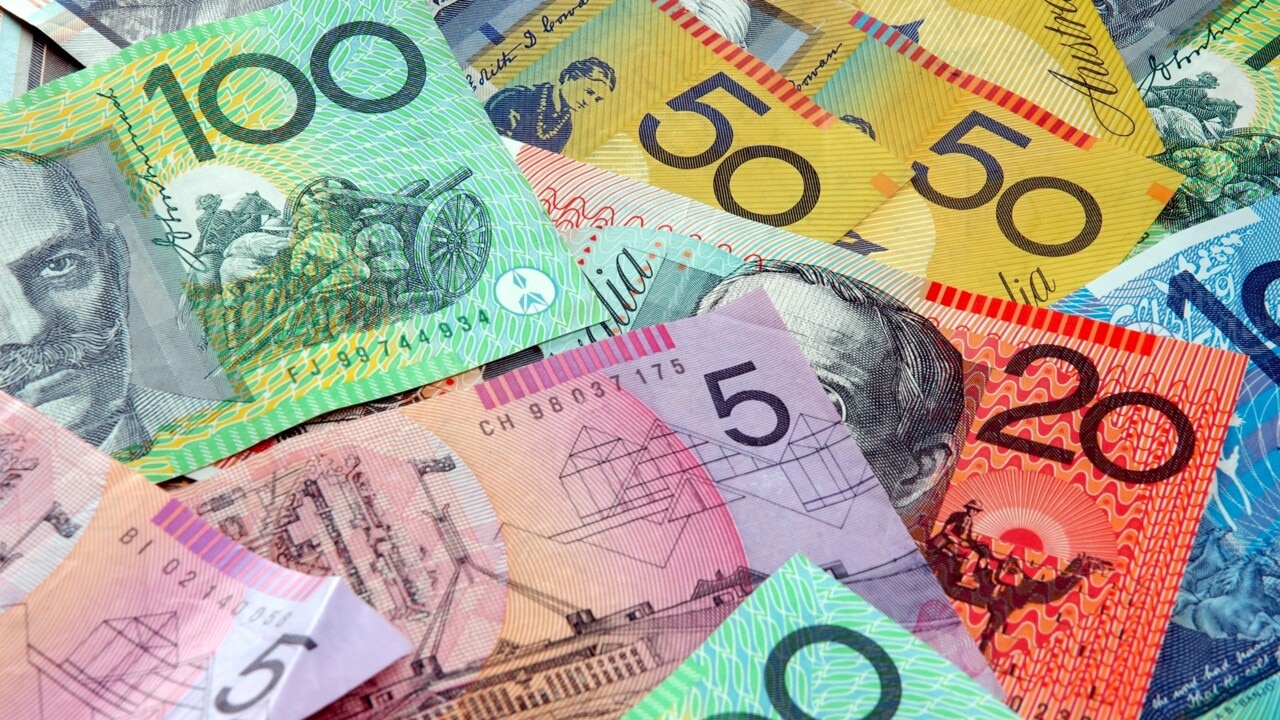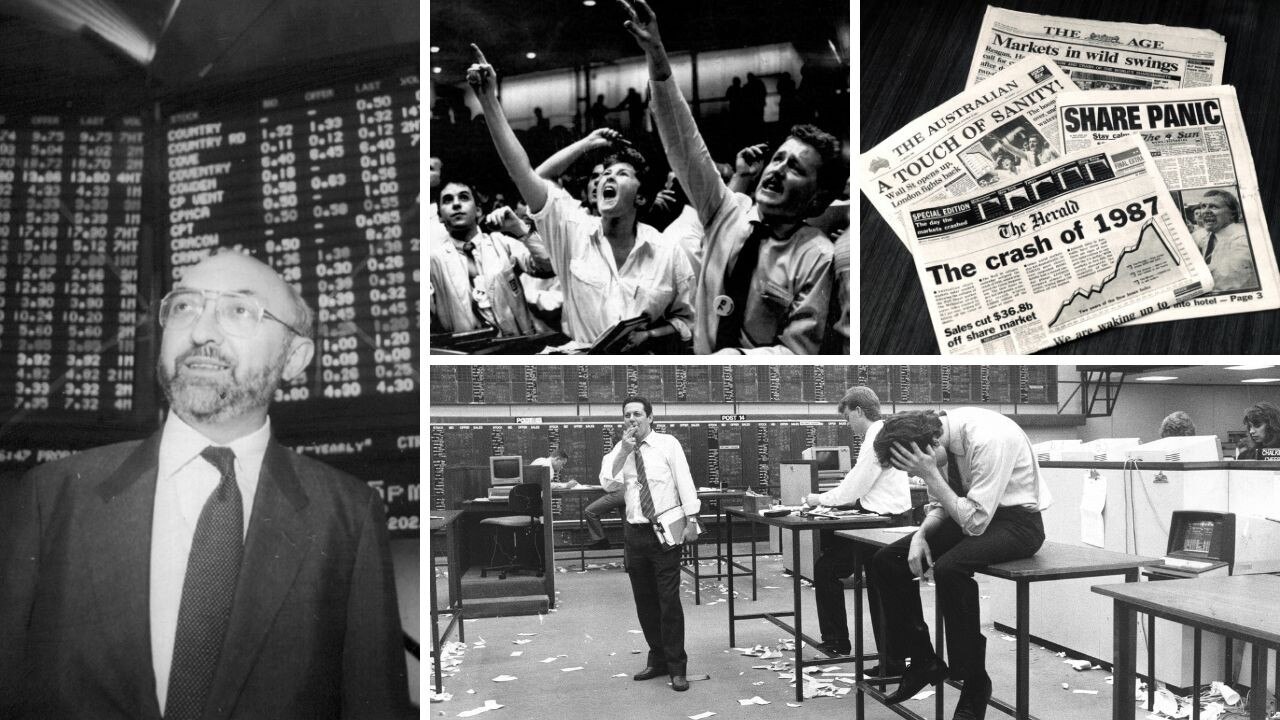Terry McCrann: Debt, debt, debt as far as the eye can see
It’s official. Australia’s three biggest states will all soon be wallowing in more than $100bn of debt each – on top of $1 trillion in federal debt. But does it matter? Terry McCrann answers.

Terry McCrann
Don't miss out on the headlines from Terry McCrann. Followed categories will be added to My News.
New South Wales has made it official – all three of our biggest states are joining the exclusive $100bn club.
NSW, Victoria and Queensland are now all headed for state debt totals above that figure – and what will make well over $300bn in total state debt down the eastern seaboard.
That figure is of course on top of the $1 trillion – for straight comparison, that’s $1000bn – of federal debt, revealed in last month’s budget.
The federal debt is going to keep on rising; it will hit $1.5 trillion before the end of the 2020s.
And that’s the ‘best case’, based on the always optimistic budget forecasts and projections – or what I describe more fondly as fiscal fantasies.

In contrast, state debt is supposed to level out. Indeed, NSW is projecting the budget will even get back to balance within the out-year forecasts; so it will stop adding to debt and debt as a share of the state’s economy will start falling from its peak in 2023-24.
Before that though, on the forecasts, NSW’s gross debt jumps to $53bn by June next year and then doubles in just three years to (supposedly, hopefully) top-out at $104bn by June 2024.
Victoria’s budget next week will also show its total debt heading past $100bn by and probably even before 2024.
It was already heading there before Victoria’s devastating second lockdown; that – and some big extra spending like the social housing program and blowouts on infrastructure – guarantees that it will get there.
Indeed, it’s going to be an interesting race between Victoria and Queensland as to which will have the biggest debt by 2024, both in absolute terms and as a share of the state’s economy.
Queensland’s budget will be the last to surface thanks to the state’s election; Premier Palaszczuk has said only that it will be “out before Christmas”.
However, running down to the election, a budget update did reveal that total Queensland debt would hit $102bn by June 2021. It certainly won’t come in any lower, and it’s just going to keep rising in the years after that.
BRAVE NEW WORLD
Now, I’d never thought I’d be writing this, but these debts won’t be the disaster – or indeed, four individual disasters wrapped up into one megaton disaster – that you would have thought and predicted even half-a-dozen years ago far less twenty years back.
They are also, quite simply – and legitimate concerns over specific waste aside – in broad terms completely unavoidable, because of what governments have done that they thought necessary to fight the virus, including Victoria’s second lockdown.
We can argue over who’s fault it was, and whether it needed to be as extended and be as severe as it was, but once the decision was taken by the Victorian government to impose the second lockdown, the economic and fiscal consequences were also locked in.
And we will see them laid out in detail by Treasurer Pallas next week.
There are three big things that have changed that have made these huge debt levels if not exactly desirable, at least palatable and relatively unthreatening.
First, interest rates. Whether we are talking $100bn state debt or $1 trillion federal debt – or indeed what will get to be $2 trillion of total combined state and federal debt – funding them at 2-3 per cent interest rates isn’t the crushing burden it would have been in past times.
It is certainly nothing like what we would have feared if rates were in the, say, 5-7 per cent range far less 8-10 per cent or even higher – where a vicious circle could have been unleashed between rising debt and high rates feeding each other.
But it does scream one big message – all governments should borrow as much as they can for as long as they can, to lock in these super-low rates for at least 10 years and preferably out to 30 years.
The second change is what the Reserve Bank is doing: buying government debt.
It started with federal bonds and it is now also buying state bonds; and doing so to keep the interest rate on the bonds (albeit only out to three years) at just 0.1 per cent.
But that, and now also direct RBA buying of longer-dated bonds, also works to keep the rates the governments have to pay on their longer bonds right down as well.
The third big change is that everyone is doing it – running huge budget deficits, building up ever rising debts, and with their central banks both buying bonds and keeping rates low.
THE SILVER LINING
Indeed, we’ve come to the party late and our debt levels are – and will remain – way lower than almost everyone else.
So to international investors and analysts we look as good relatively to everyone else – and so our bonds are and will, or perhaps more cautiously should, remain attractive – just as we did in the 2000s when Peter Costello was producing budget surpluses and cutting federal debt to zero and the states were similar.
This is reflected in our international credit rating.
Australia is one of only nine countries that is rated Triple-A by all the major rating agencies. The agencies all looked at the rivers of red ink unveiled by Treasurer Josh Frydenberg last month and all said the Triple-A stays – at least, for the moment.
NSW and Victoria are both also Triple-A. Queensland is only Double-A.
NSW will keep its rating – Moody’s ‘noted’ the budget, but made no comment on the rating. Victoria’s Triple-A could well be under threat
But again, the real world differences will be marginal in the world I described above.
But we do not have an open-ended borrowing blank cheque.
Originally published as Terry McCrann: Debt, debt, debt as far as the eye can see



